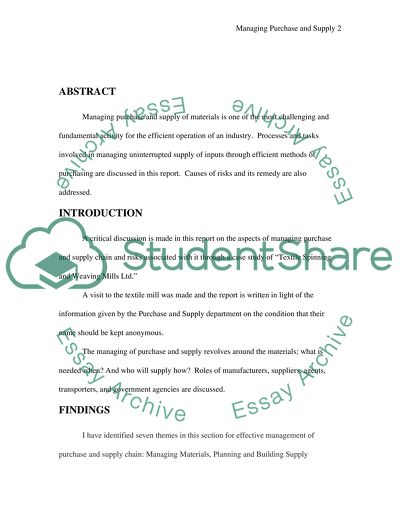Cite this document
(“Purchasing and supply chain Management Issues and sulotions Essay”, n.d.)
Retrieved from https://studentshare.org/environmental-studies/1420708-purchasing-and-supply-chain-management-issues-and
Retrieved from https://studentshare.org/environmental-studies/1420708-purchasing-and-supply-chain-management-issues-and
(Purchasing and Supply Chain Management Issues and Sulotions Essay)
https://studentshare.org/environmental-studies/1420708-purchasing-and-supply-chain-management-issues-and.
https://studentshare.org/environmental-studies/1420708-purchasing-and-supply-chain-management-issues-and.
“Purchasing and Supply Chain Management Issues and Sulotions Essay”, n.d. https://studentshare.org/environmental-studies/1420708-purchasing-and-supply-chain-management-issues-and.


